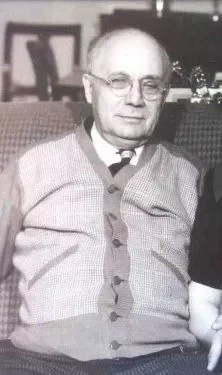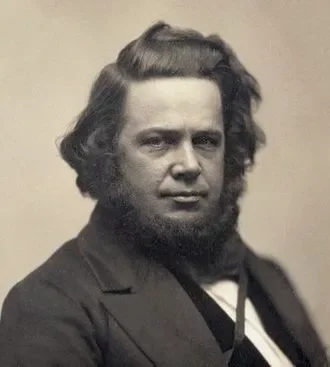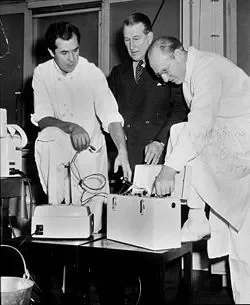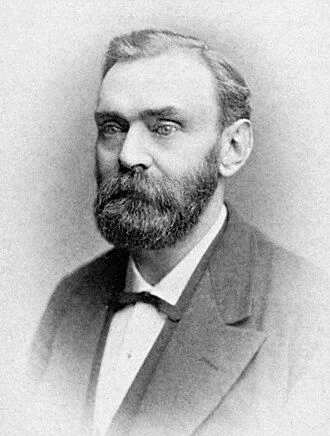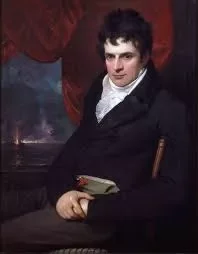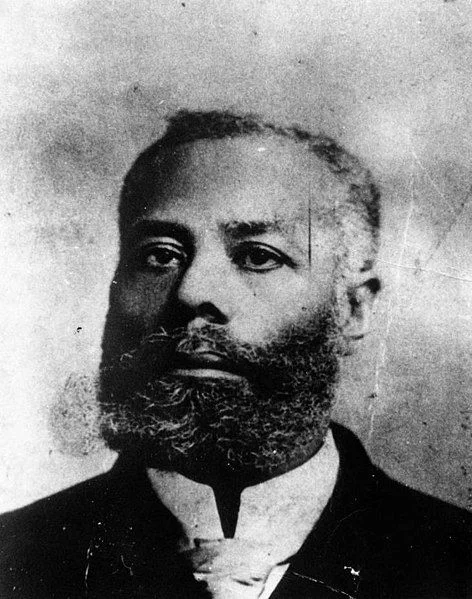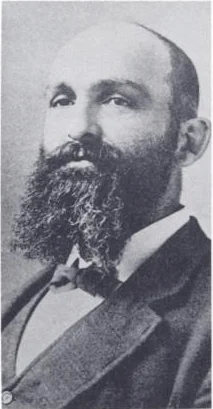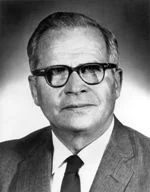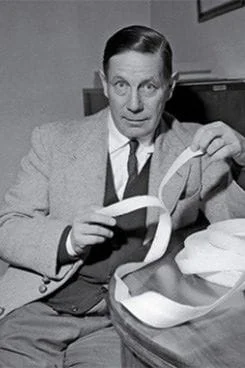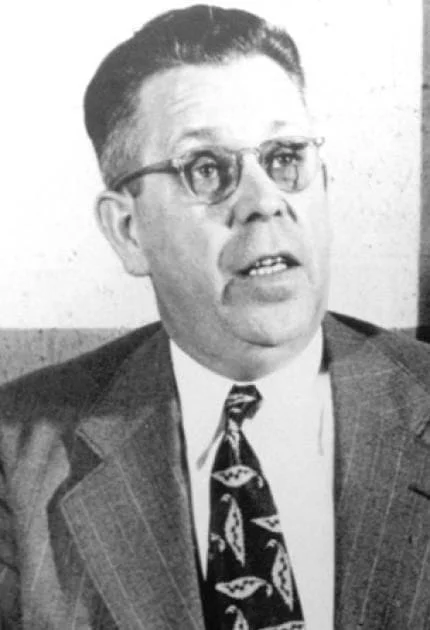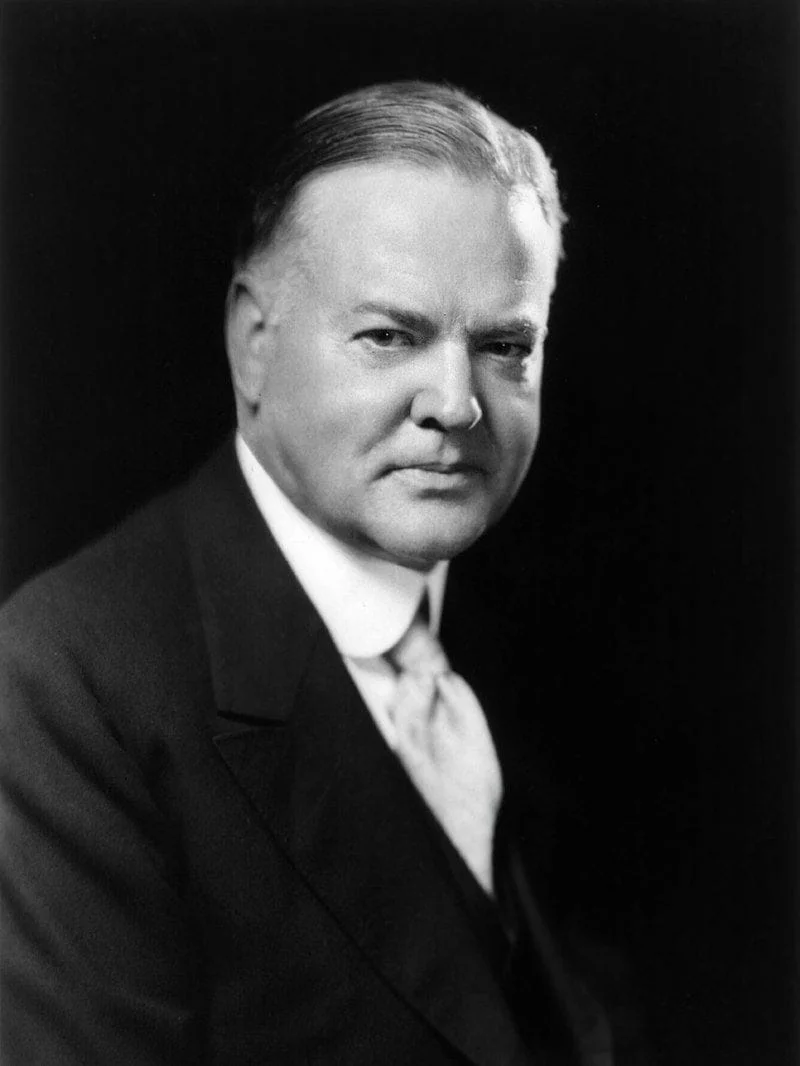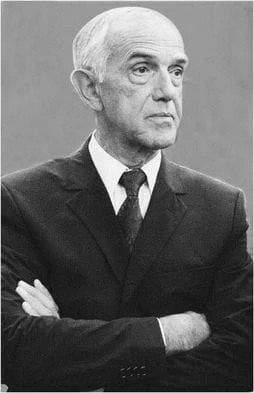Real Celebrities Never Die!
OR
Search For Past Celebrities Whose Birthday You Share
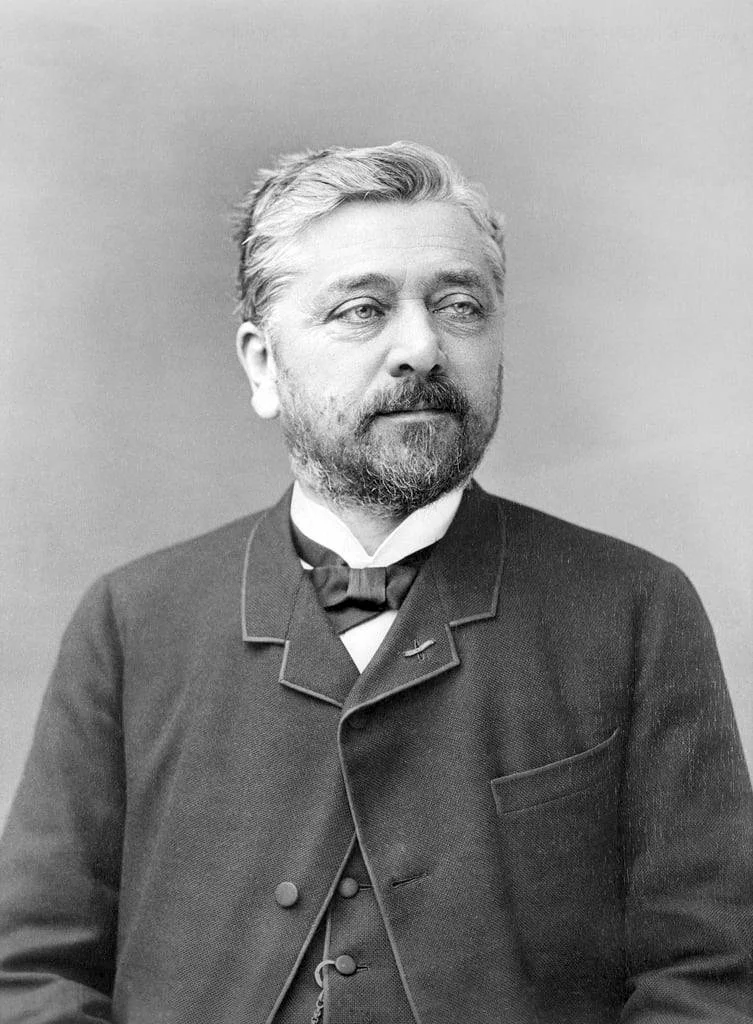
source: wikipedia.org
Gustave Eiffel
Birthday:
15 Dec, 1832
Date of Death:
27 Dec, 1923
Cause of death:
Cerebral hemorrhage
Nationality:
French
Famous As:
Engineer
Age at the time of death:
91
Gustave Eiffel, a celebrated French architect and civil engineer, is known for creating some of the world’s most iconic structures. His most famous work, the Eiffel Tower, was completed in 1889 and became a global symbol of innovation and design. He also contributed to the internal framework of the Statue of Liberty.
Early Life and Education
Gustave Eiffel was born in Dijon, France, in 1832. He pursued his education at the prestigious École Centrale des Arts et Manufactures in Paris, graduating in 1855. Eiffel began his career as a railway engineer, specializing in bridge and viaduct construction.
Initial Engineering Projects
Eiffel gained recognition as a talented engineer through various railway projects, where he constructed bridges and iron structures across France. His early work laid the foundation for his future endeavors in large-scale construction and civil engineering.
Contribution to the Suez Canal and Panama Canal Projects
Eiffel’s expertise extended to international projects, including his involvement in Egypt’s Suez Canal, where he designed a hydraulic lock system to assist ships in navigating the canal. He also participated in the Panama Canal project, although he withdrew due to mismanagement and corruption scandals that led to its failure.
The Construction of the Eiffel Tower
The pinnacle of Gustave Eiffel’s career was the construction of the Eiffel Tower for the 1889 World’s Fair in Paris. At 300 meters tall, it was the tallest structure in the world at the time and became a symbol of Paris and France. Despite initial criticism from artists and intellectuals who deemed it an eyesore, the tower quickly gained popularity and became an iconic global landmark.
Gustave Eiffel's Quote's
Scientific Endeavors and Later Years
Following the success of the Eiffel Tower, Eiffel shifted his focus to scientific research. He built a wind tunnel at the tower’s base to study aerodynamics and conducted various experiments. His interest in scientific innovation continued throughout his later years.
Legacy and Death
Gustave Eiffel passed away in 1923 at the age of 91, leaving behind a legacy of engineering brilliance and visionary architectural design. His contributions, particularly the Eiffel Tower, continue to inspire engineers and architects worldwide.
After constructing the Eiffel Tower, Gustave Eiffel turned his attention to other scientific endeavors and even constructed a wind tunnel at the base of the tower to conduct research. Eiffel died in 1923 at the age of 91 leaving behind a legacy of engineering excellence and artistic vision.
Name:
Gustave Eiffel
Popular Name:
Gustave Eiffel
Gender:
Male
Cause of Death:
Cerebral hemorrhage
Spouse:
Place of Birth:
Dijon, Burgundy, France
Place of Death:
Paris, France
Occupation / Profession:
Eiffel built the first aerodynamic laboratory at the base of the Eiffel Tower and later moved it to the outskirts of Paris, where his work influenced early aviators like the Wright Brothers
After retiring from engineering following a financial scandal related to the Panama Canal project, Eiffel devoted the last 30 years of his life to scientific research, particularly in meteorology and aerodynamics
Despite being best known for the Eiffel Tower, he built hundreds of other metal structures worldwide, including bridges, viaducts, and railway stations
Eiffel designed the internal structure of the Statue of Liberty, creating a new support system that relied on a skeletal structure instead of weight to support the copper skin
He was awarded the Samuel Langley Medal.
He was awarded the Officer of the Légion d’Honneur.
